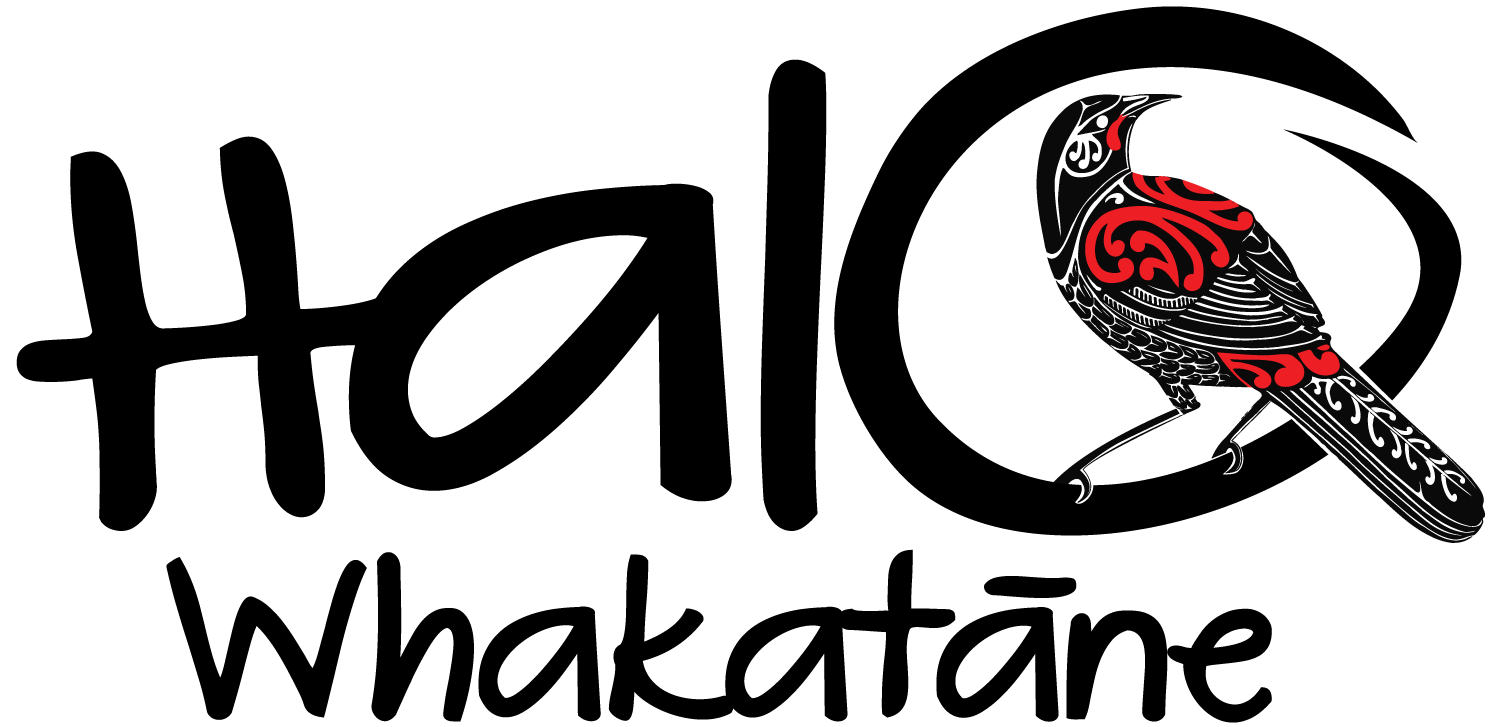WHat is Taiwan Cherry?
Taiwan Cherry, originally from East Asia, was introduced to New Zealand in the 1960s as an ornamental plant.
Although they are beautiful and provide food for our manu (such as the Tūī), there are many native alternatives available. Kōwhai, Pōhutukawa, and Harakeke are also very beautiful, and provide nectar for much longer periods.
Why is it a problem?
Taiwan cherry trees spread rapidly, outcompeting native trees for sunlight, nutrients, and space. Their seeds are easily spread by birds, causing them to grow in thick clusters.
A Closer Look…
Its flowers are a vibrant pink to red, with a distinctive bell shape, and appear from July to September. The fruit is small and glossy, and matures into a bright red colour. The leaves have serrated edges, starting as a bright green in spring before deepening to a darker green over summer.
Flowers:
(Photo from Northland Regional Council)
Leaves:
(Photo from CABI Digital Library)
Bark:
(Photo from Weed Action Northland)
Fruit:
(Photo from iNaturalist)
Removing Trees On Your Property
Forest & Bird have provided the following for removing Taiwan Cherry on your property:
Stump Treat
Cut the tree down and treat entire surface of stump with undiluted glyphosate. Make sure no branches or leaves are below cut line or they will regrow. This needs to be done within 10 minutes of cutting.
Cut & Fill
Make downward cuts around the base of the tree and apply/fill with undiluted glyphosate, or apply chemical gel. Apply within 10 minutes of making the cut.
Drill & Fill
Drill 12-14mm holes at 200mm intervals around the trunk and fill with 10-15mls of undiluted glyphosate; or metsulfuron (5g metsulfuron per litre water).
Hand Pull
Hand pull small seedlings, ensuring the root network is also removed.
Basal Spray
Spray or paint the base of the tree in a complete circumference. To determine the height to spray, multiply the diameter by 3 and this will give you the vertical distance from the base to spray. Use X Tree Basal or similar, which comes ready to use (no dilution required).
Note: Always follow the manufacturer’s safety instructions.
Working Bees
Eastern Bay of Plenty Forest & Bird have been leading incredible efforts to remove invasive Cherry Trees from our community.
In 2024, we teamed up for a series of successful working bees to tackle this issue together.
Stay tuned for updates on upcoming working bees—check back here or get in touch with us to learn how you can get involved!
HALO, EBOP Forest & Bird, and volunteers at a Hillcrest working bee in 2024.
Project Kōwhai
Project Kōwhai was established by Forest and Bird, BOPRC and WDC to lead a community project to remove Taiwan Cherry trees. Kōwhai is an alternative tree that flowers early in spring and provides food for Tūī and other native birds.
Documents:
Access our flyer here








